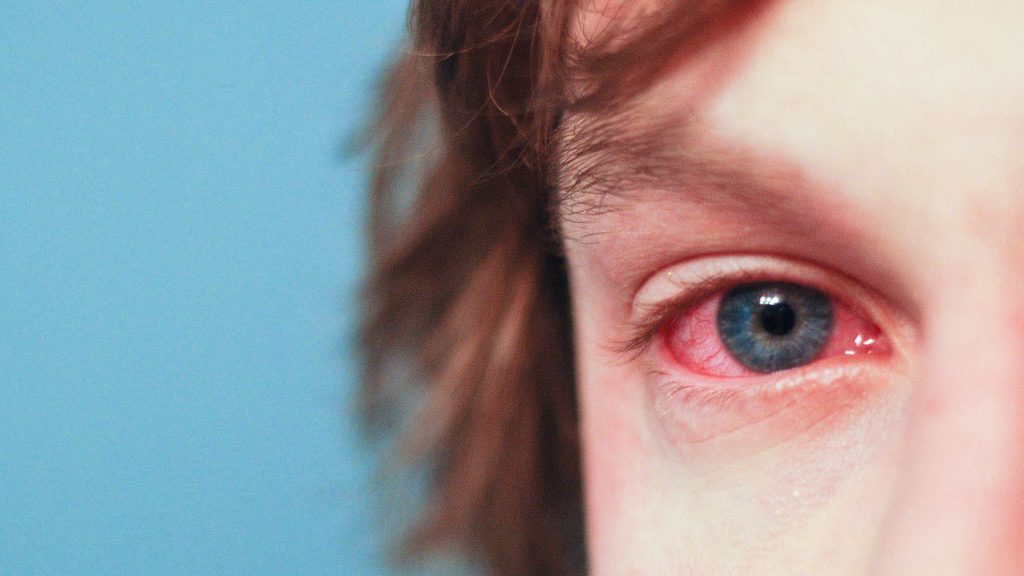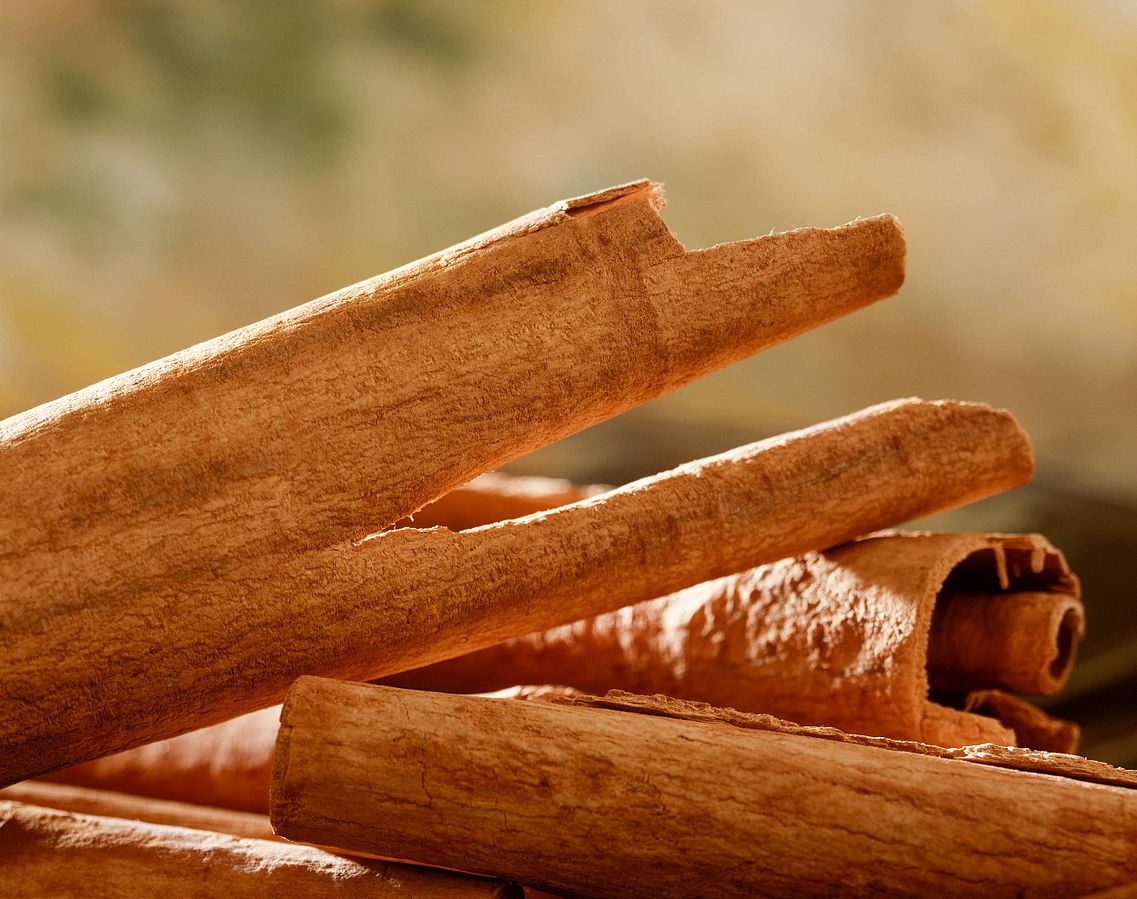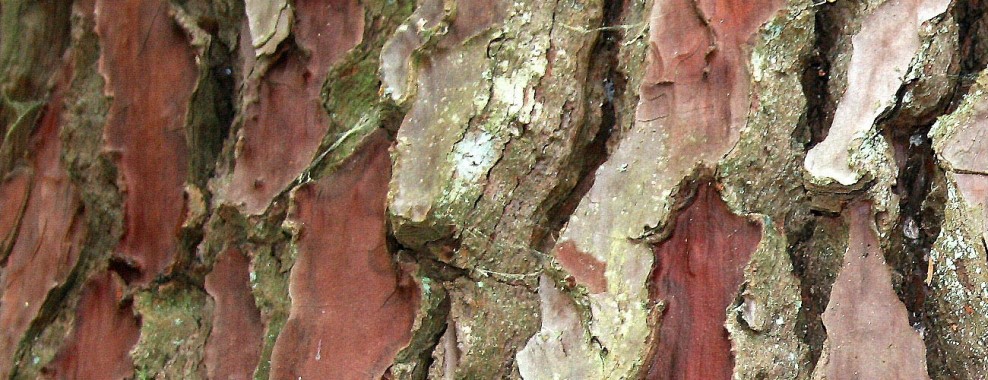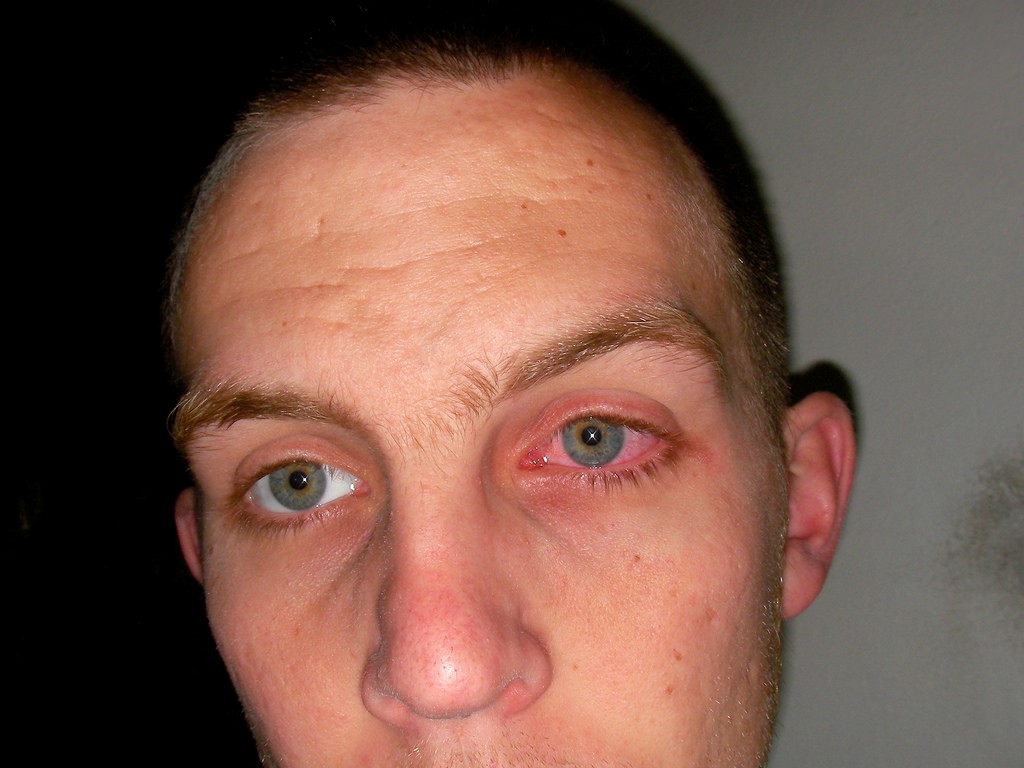In “Science of Seasonal Allergy Relief- Part 1”, Spanking FIT reviewed safety concerns regarding popular prescription and over-the-counter remedies for seasonal allergies including grass pollen, tree pollen, and ragweed allergies. I noted the main side effects acknowledged by their makers including drowsiness, prostate enlargement in men, fatigue, mental confusion, memory loss, and rapid or irregular heartbeat. Acknowledged side effects of corticosteroid nasal sprays include sore throat, coughing, and even glaucoma. Spanking FIT raised the additional concern that anti-histamines, which work by binding to H(1) histamine receptors on sensitive nasal tissue, may compromise ability of the immune system to fight off other pathogens such as bacteria (see “Role and relevance of mast cells in fungal infections” by R. Saluja published in Frontiers In Immunology, 2012; 3: 146). The latter reference reviews the important broader immunity role that histamine-producing mast cells play. Spanking FIT took note of the dearth of experimental work relevant to this concern. This is especially worrisome given that anti-histamine products have been used by the public in enormous quantities for decades. “Seasonal Allergy Relief Pt. 2” further addresses this issue.
Previously in Part 1, Spanking FIT presented a list of the most popular “natural” remedies for allergy treatment often recommended by online health resources as alternatives to the above products. I jokingly referred to the list as the “Granny list”, because many of the included items sound like ones that Granny from the popular U.S. T.V. show “The Beverly Hillbillies” would have recommended. Out of the dozen listed, I uncovered serious clinical trial validation experiments pertaining to four of them only: butterbur, phelum pratense (timothy grass), procyanidin, and pycnogenol. Part 1 presented the scientific evidence supporting butterbur efficacy. Here in part 2, I disclose my findings regarding the others, beginning with phelum pratense:
Seasonal Allergy Relief- Phelum pratense (Timothy Grass)
Although native to Northern Europe, Timothy Grass was introduced to North America by early 18th century European settlers. It is used primarily as hay for feeding horses and cattle. Unfortunately, its pollen is also a bane for many allergy or “hay fever” sufferers. Some medical researchers claim it is possible to immunize patients against a variety of grass pollens using phelum pratense extract alone. Here are the results of Spanking FIT’s evaluation of their claim:
“Immunotherapy with a phelum pretense allergen extract induces an immune response to a grass-mix extract” by C. Martinez-Cocera and published in “Journal of Investigational Allergology and Clinical Immunology” 2010; 20 (1): 13-9.
In this clinical trial, 46 patients with allergic rhinitis history and confirmed sensitivity to a grass pollen mix were randomly assigned to either a specific immunotherapy treatment (S.I.T.) group or to a placebo group. The S.I.T., lasting two to three months, utilized Phlp5, a major allergen extract of timothy grass. At baseline and 3-4 months after beginning the treatment, patients were tested for cutaneous reactivity to both grass pollen mix and to phelum pratense. Blood samples were further collected so that immunoglobin analysis could be performed. In the treatment group, researchers reported a statistically significant decline in delayed cutaneous response following intradermal testing, not only for phelum pratense as expected, but for the grass mixture as well. That was not the case in the placebo/ control group. Researchers also reported statistically significant differences between control versus treatment group in delayed response changes from baseline for both allergens that favored their hypothesis. The previous findings constitute evidence that it may be possible to immunize against a variety of grass pollens using phelum pratense extract alone. Researchers also reported a significant difference in measured increase over baseline in Immunoglobulin G4 (IgG4) levels between treatment and control favoring their hypothesis. Such was the case for both phelum pratense-specific IgG4 and grass mixture-IgG4. (IgG4 is a non-inflammatory isotype which captures the allergen before it reaches effector cell-bound IgE and in doing so prevents the allergic chain reaction.) Researchers further strengthened their case for phelum pratense immunizing against general grass pollen allergy by conducting correlation analyses between measured rye grass allergen- IgG4 levels versus measured phelum pratense (Phlp5)- IgG4 levels. In the process of doing so, they reported a rather high degree of correlation between the two.
From a statistical perspective, the study suffers from flaws common to much modern medical research. While I realize that most readers are not statisticians, I will state them anyway for completeness: the usage of so-called parametric stat tests, in this case student t-test, given that rather small sample sizes were collected (25 treated subjects, versus 13 receiving placebo). Researchers admittedly log transformed the data prior to conducting analysis attesting to the fact that the basic requirement for use of the parametric statistical test – that of a normally distributed population, wasn’t met.
Finally, it should be noted that this study was funded by ALK-Abello Company, the present maker of AVANZ. The latter is the trademarked name of the companies’ phelum pratense allergy immunotherapy product. However, in fairness to the study researchers, product trademarking occurred several years after their clinical trial was conducted.
Procyanidin
Procyanidins are actually an entire class of plant bioflavonoid believed to provide plants with protective defenses against herbivores. They also display antioxidant properties in vitro in mammalian cells. Dietary sources include apples, cinnamon, cocoa beans, and grapes (both skin and seeds). Evidence that procyanidins protect against human allergic responses is primarily anecdotal in nature. However, Spanking FIT did turn up an efficacy study that was actually based on a clinical trial outcome:
“Anti-allergic effect of intranasal administration of type-A procyanidin polyphenols __” by U. Aswar, et al. published in Phytotherapy Research; March 2015, 29 (3).
In this experiment, 60 mice were randomly assigned to one of six groups: (1) a “normal” group in which mice remained unsensitized to ovalbumin (OVA) and consequently not susceptible to OVA-induced allergic rhinitis (A.R.). (2) a control group in which mice were previously made susceptible to A.R. through OVA sensitization. During a one week “treatment” period these mice received placebo only. (3) a bona fide treatment group previously made susceptible to A.R. through OVA sensitization. During the treatment period these mice received an anti-histamine. (4) same set-up as in #3 above except treatment consisted of a low dosage of the procyanidin product TAPP-CZ. (5) same set-up as in #3,4 above except treatment with medium TAPP-CZ dosage.(6) same set-up as #3,4,5 except treatment with a high TAPP-CZ dosage.
TAPP-CZ is a trademarked extract of cinnamon bark made by Indus Biotech Private Ltd. of India. It consists precisely of 76% pentameric type-A procyanidin flavonoids, 10% tetrameric, and 2% turmeric. As previously explained, flavonoids probably function to protect plants from herbivores.
After the one week treatment period, mice in all six groups were “OVA-challenged” and several allergic response variables quantified per subject. Among the quantified variables was (1) number of nasal rubbings within a ten minute observation period, and (2) number of sneezes within same period. Researchers reported that the median (middle) value of both variables was significantly lower in the medium and the high dose TAPP-CZ treated groups by comparison to AR- control. Furthermore, they claimed an exceptionally high degree of statistical significance. Researchers also reported significant lowering in levels of certain serum biochemical markers including histamine and IgE in the #5 and #6 treatment groups. Both histamine and IgE production play an important role in the allergic response with its associated symptoms.
Now from a statistical perspective: Given the small sample sizes involved (10 subjects per group), researchers are to be commended for using the appropriate non-parametric tests (Kruskal-Wallis followed by Dunn’s) in analyzing symptom variables. However, for some unexplained reason, they switched to less appropriate parametric A.N.O.V.A. followed by also parametric Dunnett’s test in analyzing biochemical marker data. Consequently, their stated claims in the latter regard are not as firm, in my opinion.
Pycnogenol
Pycnogenol is a procyanidin-containing product, also. Nevertheless, Spanking FIT chose to list it separately for two reasons: (1) it possesses the unique characteristic of being an extract from the bark of a specific species of pine (pinus pinaster); (2) its exact ingredients are unknown. (Spanking FIT contacted Horphag Research, Ltd. in Geneva, Switzerland which holds the product trademark . The company would not reveal information regarding exact ingredients.) Spanking FIT uncovered the following clinical trial which was conducted to validate pycnogenol efficacy for allergic rhinitis treatment:
“A randomized, double blind, placebo-controlled exploratory study to evaluate the potential of pyconogel for improving allergic rhinitis symptoms” by D. Wilson, et al. published in Phytotherapy Research, Aug. 2010; 24 (8) See: A randomized, double-blind, placebo-controlled exploratory study to evaluate the potential of pycnogenol for improving allergic rhinitis symptoms – PubMed (nih.gov).
In this experiment, 39 confirmed birch allergy patients were assigned randomly to either a treatment or a placebo group. The treatment entailed taking the product Pycnogenol at least five weeks prior to birch allergy season. Researchers reported improvements in allergic rhinitis symptoms including nasal and eye symptoms. They also reported decreased production of birch specific IgE, an important allergy symptom mediator.
One obvious problem with this study: birch pollen season partially coincided with oak pollen season, and the recorded percentage of subjects who were allergic to oak pollen was greater in the placebo group than in the treatment group. Consequently, the reported symptomatic relief findings pertaining to birch pollen are confounded by the oak pollen factor. Just as importantly, upon careful examination of the results, Spanking FIT determined that none were statistically significant. In other words, the observed differences may have occurred purely by chance.
Seasonal Allergy Relief- Conclusion
Legitimate concerns regarding safety and adverse side effects of both prescription and over-the-counter allergy remedies, including anti-histamines, have caused consumers to consider using other more “natural” products for seasonal allergy relief. However, Spanking FIT identified four products only for which serious clinical trial experimentation has been conducted. They are: butterbur, phelum pratense, procyanidins, and pycnogenol. I next evaluated relevant experimentation from the viewpoint of statistical validity and reached the following conclusion: empirical evidence exists to support the hypotheses that butterbur ingestion and procyadinin ingestion lessen symptoms of allergic rhinitis and inhibit adverse reactions to allergens. The case for immunotherapy prior to allergy season with a phelum pratense preparation is a bit weaker due to flaws in statistical methodology used by researchers. (Once again, I implore medical journal editors to make it mandatory that all published research provide links to collected raw data so that independent statistical analyses may be conducted.)
Please don’t forget to read “The Science of Seasonal Allergy Relief- Pt. 1” in the event that you missed it. In it I explain the physiological mechanisms behind common allergic responses and present the scientific case for butterbur treatment efficacy. I look forward to your valuable feedback, as usual. Sincerely, Dr. Garrett





